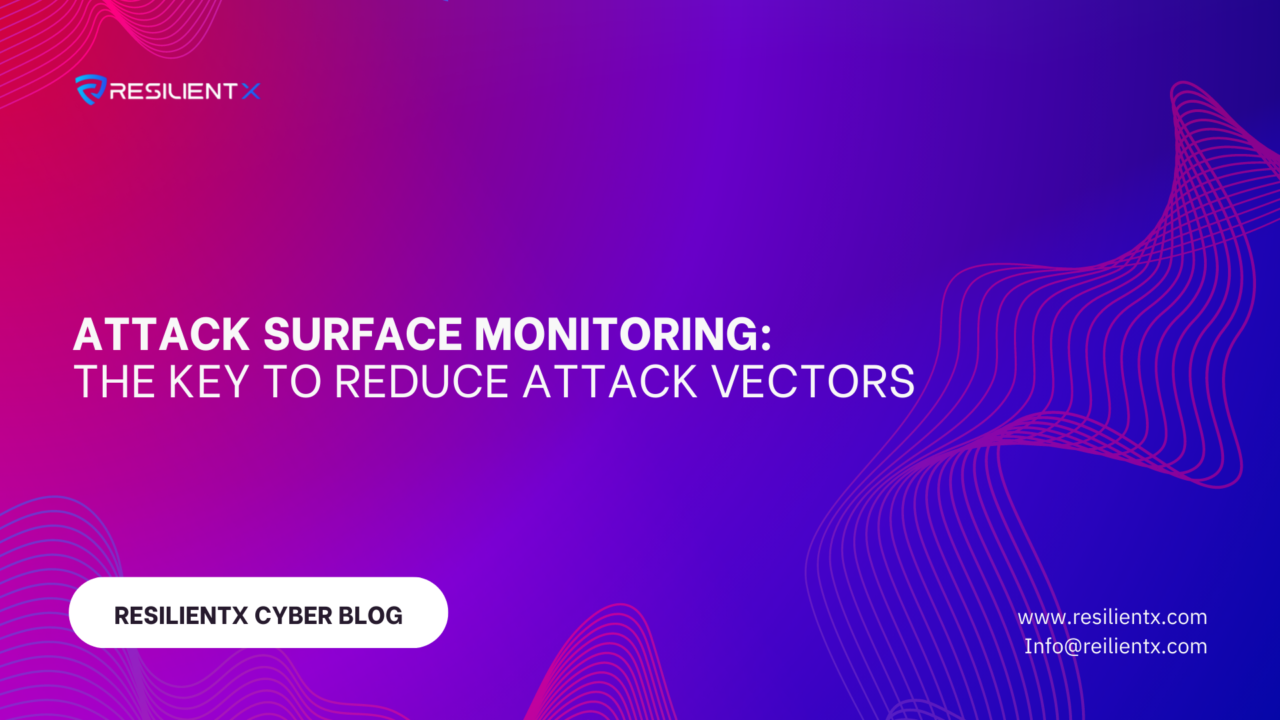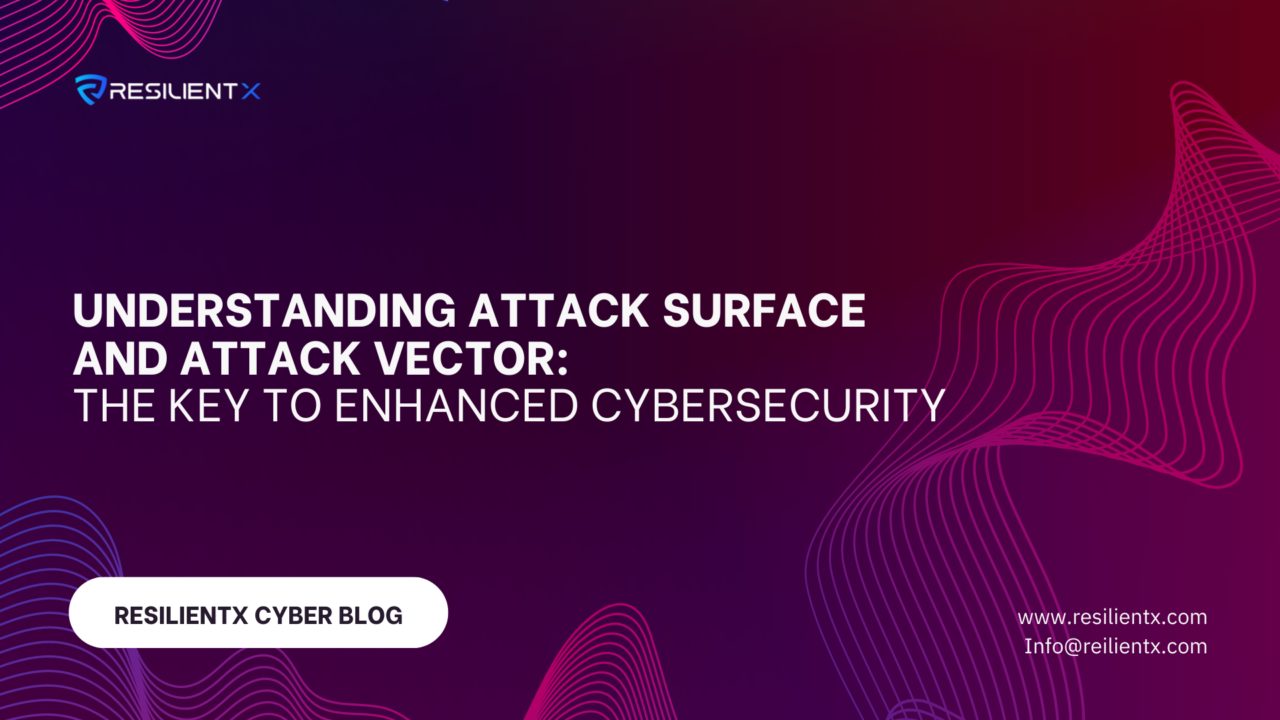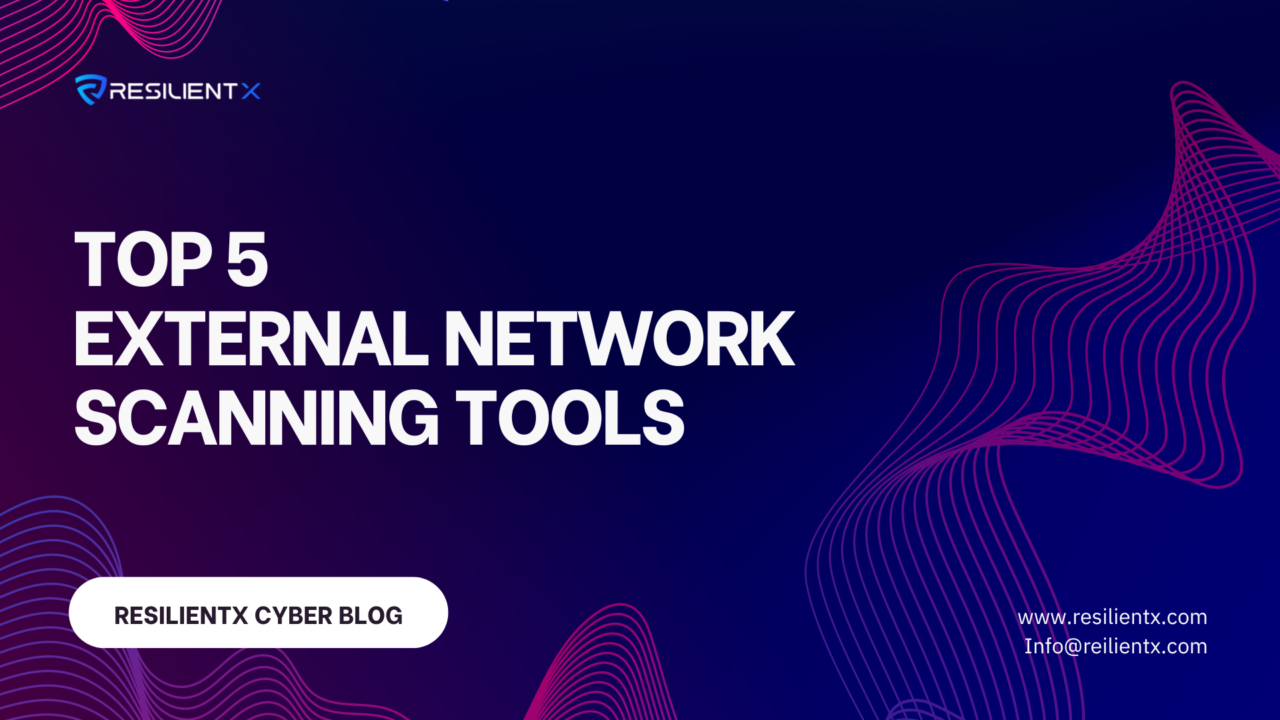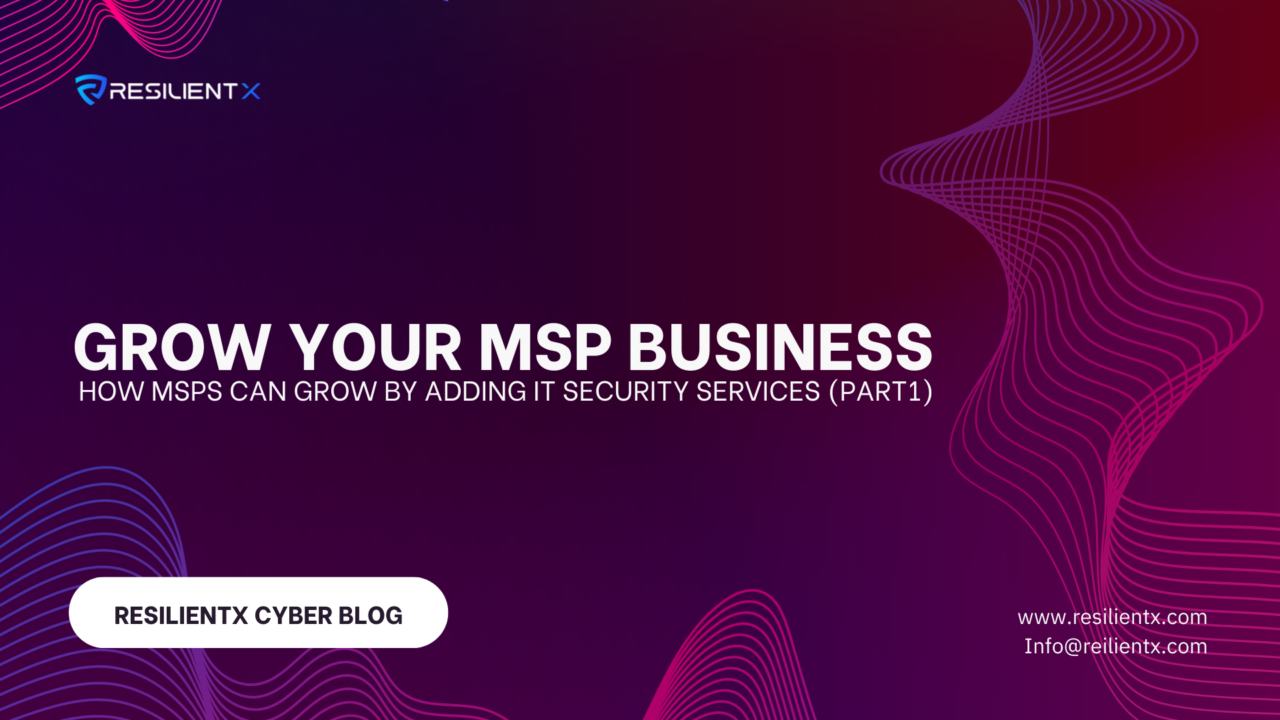
In today’s digital age, cyber attacks are becoming more sophisticated and prevalent than ever before. With an increasing number of businesses relying on technology to conduct their operations, the potential for security breaches is higher than ever. In order to keep your company safe from these threats, it’s essential to reduce attack vectors by implementing effective attack surface monitoring techniques. In this blog post, we’ll explore why attack surface monitoring is so important in modern-day cybersecurity and how it can help you safeguard your business against malicious attacks. So sit back, grab a coffee and let’s dive into the world of attack surface monitoring!
Organizations are under constant attack. The average cost of a data breach is $3.86 million, and the number of breaches is increasing every year. Attackers are constantly looking for new ways to exploit weaknesses in systems and networks. As the attack surface grows, so does the risk of being breached.
Attack surface monitoring is the process of identifying, assessing, and mitigating risks posed by an organization’s attack surface. The goal is to reduce the overall attack vector by reducing the number of potential entry points for attackers. Attack surface monitoring can be done manually or with automation tools.
Attack surface monitoring starts with asset discovery. Organizations must first identify all of their assets, both physical and virtual. This includes everything from servers and workstations to websites and cloud-based services. Once all assets have been identified, they must be properly classified according to their sensitivity level. This will help determine which assets need to be protected and how they should be protected.
The next step is to identify potential vulnerabilities in each asset. This can be done through manual assessment or by using automated tools. Once vulnerabilities have been identified, they must be ranked according to their severity. The most severe vulnerabilities should be addressed first.
Finally, organizations must put in place controls to mitigate the risks posed by their attack surface. These controls can include security policies, access control measures, and intrusion detection/prevention systems. Attack surface monitoring should be an ongoing process to ensure that new risks are identified and addressed in a timely manner.
The Benefits of Attack Surface Monitoring
Attack surface monitoring is critical to any organization’s security posture. By continuously monitoring an organization’s attack surface, enterprises can identify and mitigate potential threats before they are exploited.
There are many benefits to attack surface monitoring, including:
- Improved security posture: By identifying and addressing potential security vulnerabilities, organizations can improve their overall security posture and reduce their risk of being breached.
- Reduced attack vectors: By continuously monitoring the attack surface, enterprises can identify and address potential weak points before they are exploited by attackers. This reduces the number of potential attack vectors and makes it more difficult for attackers to successfully compromise an organization.
- Improved detection and response: Attack surface monitoring can help organizations improve their detection capabilities by providing visibility into potential threats. Additionally, by responding quickly to identified threats, organizations can minimize the impact of an attack.
- Increased efficiency: Attack surface monitoring can help organizations more effectively allocate resources by identifying areas of high risk and prioritizing remediation efforts accordingly. Additionally, by automating aspects of the process, such as asset discovery and vulnerability scanning, organizations can further increase efficiency.
How to implement Attack Surface Monitoring
Assuming you have a basic understanding of what attack surface monitoring is and why it’s important, below are tips on how to implement an attack surface monitoring program:
- Understand your organization’s systems and data. This includes knowing what assets you have and where they reside, who has access to them, and how they are interconnected.
- Identify and prioritize your organization’s most critical assets. This will help you focus your attack surface monitoring efforts on the systems and data that are most important to protect.
- Develop policies and procedures for attack surface monitoring. These should include guidelines for identifying potential risks, assessing the severity of those risks, and taking action to mitigate them.
- Implement technical controls to monitor the attack surface. There are a variety of tools available to help with this, including network security scanners, application security scanners, and web application firewalls.
- Train employees on the importance of attack surface monitoring. They should understand their role in keeping systems and data secure and know what to do if they identify a potential risk.
The Importance of reducing Attack Vectors
Attack surface monitoring is the process of identifying and tracking all potential entry points into a network or system. By continuously monitoring the attack surface, organizations can quickly identify and mitigate new threats before they can be exploited.
Reducing the attack surface is a key element of any security strategy. The fewer entry points there are into a system, the more difficult it is for an attacker to gain access. Organizations should therefore focus on reducing their attack surface as part of their overall security efforts.
There are a number of ways to reduce the attack surface. One approach is to segment networks and systems so that sensitive data is isolated from less critical systems. This makes it more difficult for an attacker to move laterally through a network and reach sensitive data. Another approach is to limit access to systems and data to only those who need it. This minimizes the number of potential entry points into a system and reduces the chances that an attacker will be able to gain access.
Organizations should also implement security controls at each layer of their architecture. This includes things like firewalls, intrusion detection/prevention systems, and encryption. These controls help to prevent attackers from gaining access to systems and data in the first place.
Attack surface reduction is an important part of any security strategy. By segmenting networks, limiting access, and implementing security controls, organizations can make it more difficult for attackers to gain access to sensitive data. This ultimately helps to protect against breaches and safeguard critical information assets.
How to Implement Attack Surface Management and Monitoring?
ResilientX Cyber Exposure Management is a comprehensive solution for attack surface management and attack surface monitoring, providing organizations with the tools they need to safeguard their assets from potential cyber threats. Its features include:
- Asset discovery: Identifying all physical and virtual assets exposed on internet
- Vulnerability assessment: Identifying potential vulnerabilities in each asset and ranking them according to the severity
- Continuous monitoring: Ensuring new risks are identified and addressed promptly
By using ResilientX Cyber Exposure Management, organizations can achieve:
- Improved security posture by identifying and addressing potential security vulnerabilities
- Reduced attack vectors by identifying and addressing potential weak points before they are exploited
- Improved detection and response by providing visibility into potential threats and responding quickly to identified threats
- Increased efficiency by identifying areas of high risk and prioritizing remediation efforts accordingly and automating aspects of the process
To implement an attack surface monitoring program, organizations should:
- Understand their systems and data
- Identify and prioritize critical assets
- Develop policies and procedures
- Implement technical controls
- Train employees on the importance of attack surface monitoring
Overall, reducing attack vectors is an important part of any security strategy, and ResilientX Cyber Exposure Management offers a comprehensive solution for achieving this goal.
Conclusion
Attack Surface Monitoring is essential for keeping your company safe from cyberattacks. By monitoring an organization’s attack surface, you can identify and reduce any potential attack vectors before they are exploited. With the right strategy in place, you can streamline your security efforts and make sure that your organization remains safe from malicious activity. Investing in Attack Surface Monitoring is a wise decision for any business looking to ensure their online data and infrastructure remain secure.



